Hey there! Thinking about getting an electric bike? Awesome choice! Electric bikes are taking the biking world by storm, and lucky for you, there are tons of options out there.
Let’s break down what you should consider when searching for your next electric bike.
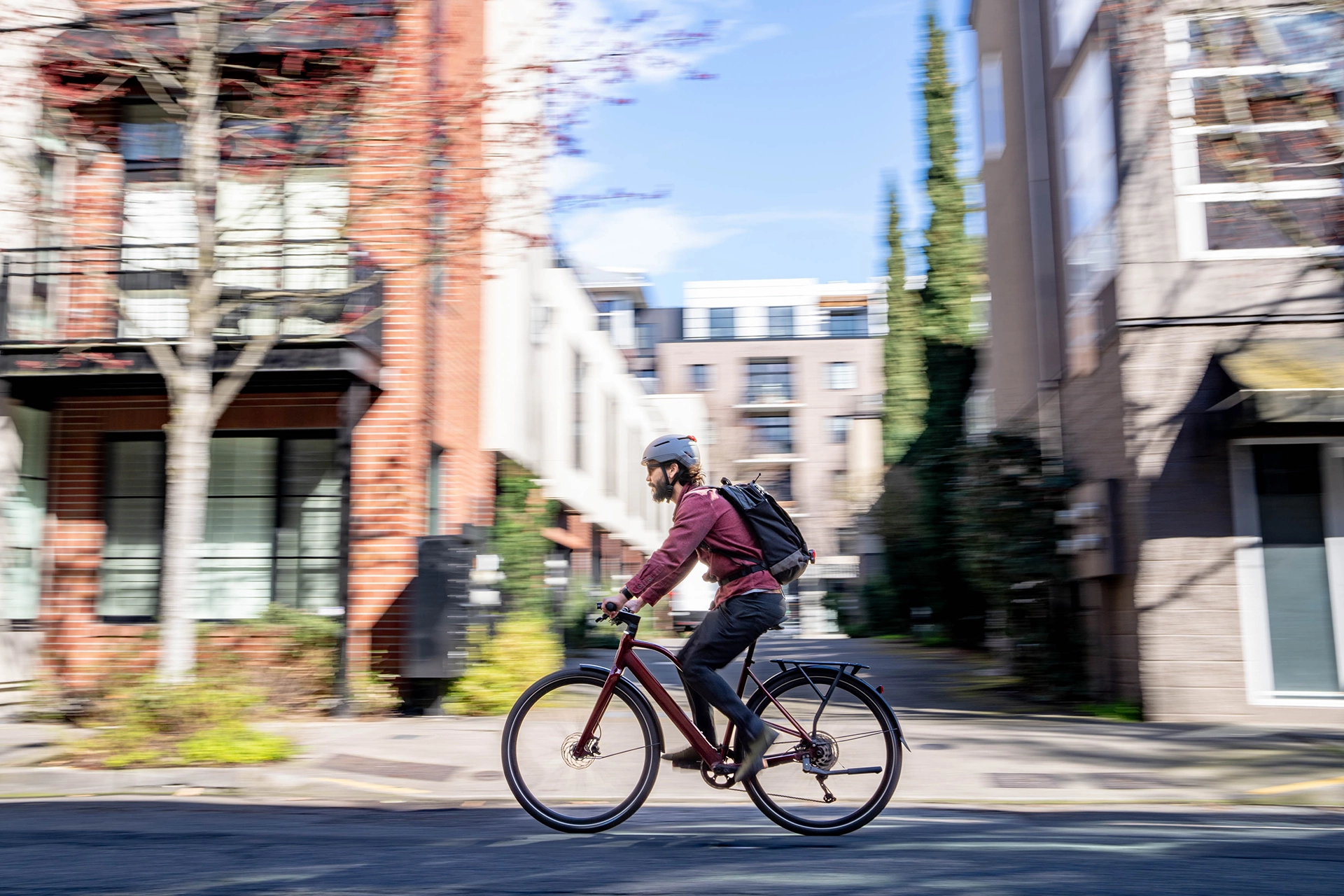
What type of electric bike do you need?
When choosing your electric bike, consider your preferred style. Whether it’s a sleek commuter, rugged mountain bike, or a cargo-friendly option, ensure the bike aligns with your lifestyle.
For many, we find more versatile models with cargo accessory fitment options give you the flexibility to carry what you need. One of our favorite examples of a capable bike for many disciplines is the Orbea Kemen
Which drive unit is best? Hub vs. Mid Drive
Dive into the heart of your eBike with a closer look at electric motor units. Hub motors offer simplicity and are great for flat terrains, while mid-drive motors provide more power and are perfect for challenging landscapes. Learn the benefits of each system and discover which one suits your riding style, whether it’s cruising through the city or conquering off-road trails.
Manufacturers define the drive unit specs by watts and torque. A drive unit will have nominal watts and peak watt output. The torque, measured in newton meters (nm), is what propels the rotational force of the motor forward. In short, it’s the ooph behind every pedal stroke. Typically a higher torque means more force, seen most evidently at low speeds and under higher loads like steep hills.
Hub vs. Mid Drive take a closer look into these drive units to find out the pros and cons of each and what type of electric bike they are best suited for. If your local landscape is hilly or you plan to carry heavy cargo loads often, prioritize a higher torque value for a smoother and more controlled ride.
What is the best size battery for your ebike?
Manufacturers define battery size most commonly by Watt Hours (Wh). Higher watt-hours often translate to more extended range. There are many factors that effect the overall range of an electric bike, but battery size and drive unit size can give you a good idea to estimate the expected range. Choose accordingly for an optimal balance between power and distance.
Look for eBikes with a removable battery. You can take it off, charge it separately, and even keep your bike safe from potential thieves. Plus, it makes your bike lighter for those moments it may need to be lifted.
Here at EBJournal we find pro’s on both ends of the spectrum for battery size. Large high volume batteries for the bigger bikes for extended rides or cargo bikes and smaller volume batteries to keep the weight down and pair with smaller drive units, like the Mahle system seen in the Lemond Prolog Allroad and Orbea Vibe.
Electric bikes and wider tires
Bigger is better right? Bigger tires mean more control and added comfort. Since eBikes allow you to ride faster and further, you want those wider tires for better traction and increased comfort. It’s like the difference between driving on a smooth highway versus a bumpy backroad. For commuters and urban bikes, 2″ wide tires will make riding your electric bike more enjoyable and safer. Now a 4″ tire would be appropriate for a fat tire bike for adventure riding and even some cargo style bikes. For all road and gravel bikes we enjoy tires from 42c – 50c.
When researching your next electric bike, look at the tire size they spec on the model of interest. You will find most brands conform to this idea of larger tires. As you explore the tire size options, it’s important to pay attention to the quality of the tire brand. Tire brands like Schwalbe have a large collection of eBike specific tires that feature: higher load capacity, efficient tread patterns to extend range, reflective striping for added visibility, and puncture protection to keep you riding.
Navigating bike components: Name brands vs. budget-friendly options
Delve into the world of bike components and decide whether to splurge on big-name brands like Shimano, SRAM, MicroSHIFT and Tektro, or opt for budget-friendly alternatives. Uncover the pros and cons of each choice, weighing the importance of premium performance against your budget constraints. Find the sweet spot that aligns with your riding preferences and financial comfort zone.
There is no argument that performance typically comes with a cost. Often overlooked is maintenance of the components on your bike. Brakes and drivetrain get constant use and are abused through the seasons. Although name brand components may be more costly, they can be trusted for their longevity and serviceability.
Plan for lights and optional accessories
Choosing an eBike with integrated lights and accessory mounts ensures a harmonious blend of safety and personalization. Enhance your visibility on the road while tailoring your ride to suit your lifestyle. It’s a win-win for a secure and customized electric biking experience.
Look for an eBike with accessory mounts, providing you with the freedom to customize your ride. Whether it’s a phone holder, a cargo rack, or additional lights, accessory mounts turn your eBike into a versatile companion. Easily attach and detach accessories based on your needs, adapting your ride to various situations.
Warranty and Maintenance
Electric bikes are like high-maintenance friends; they need some love regularly. Find a local bike shop that knows their way around eBikes, search ahead to ensure there is a local bike shop that can and will service the brand of electric bike you’re looking to get. Due to the widespread growth of eBikes and the broad range of quality and reputation from so many brands, not every shop will be able to service your electric bike. It’ll keep your ride smooth and drama-free.
Check that warranty – it’s like an insurance policy for your electronic buddy. Be aware of what the brand will cover and how they define their coverage and responsibility.
Sticking with well-known brands will ensure easier fixes and a larger network of shops to help maintain your electric bike. Make sure the brand you choose has your back with spare parts. You don’t want your beloved eBike turning into a very expensive paperweight.

What makes a safe electric bike?
Safety first, always! There’s a new push for eBikes to get certified for safety. Look for that holographic UL 2849 decal – it’s like a superhero badge for eBikes. Just a heads up, some bikes claim to be certified, but it’s not the real deal. Check with the brand for proof. Safety is no joke!
With legislation changes in the US, this UL certification will meet the legal requirements to legally ride your electric bike in public spaces. When a bike is UL certified it has met the safety standards necessary to keep you and your electric bike safe.
Another common certification is the IP65 rating. This rating tests the electrical components for water safety. Rain happens and this testing process ensures that your bike will stay functional from a down pour to a simple wash.




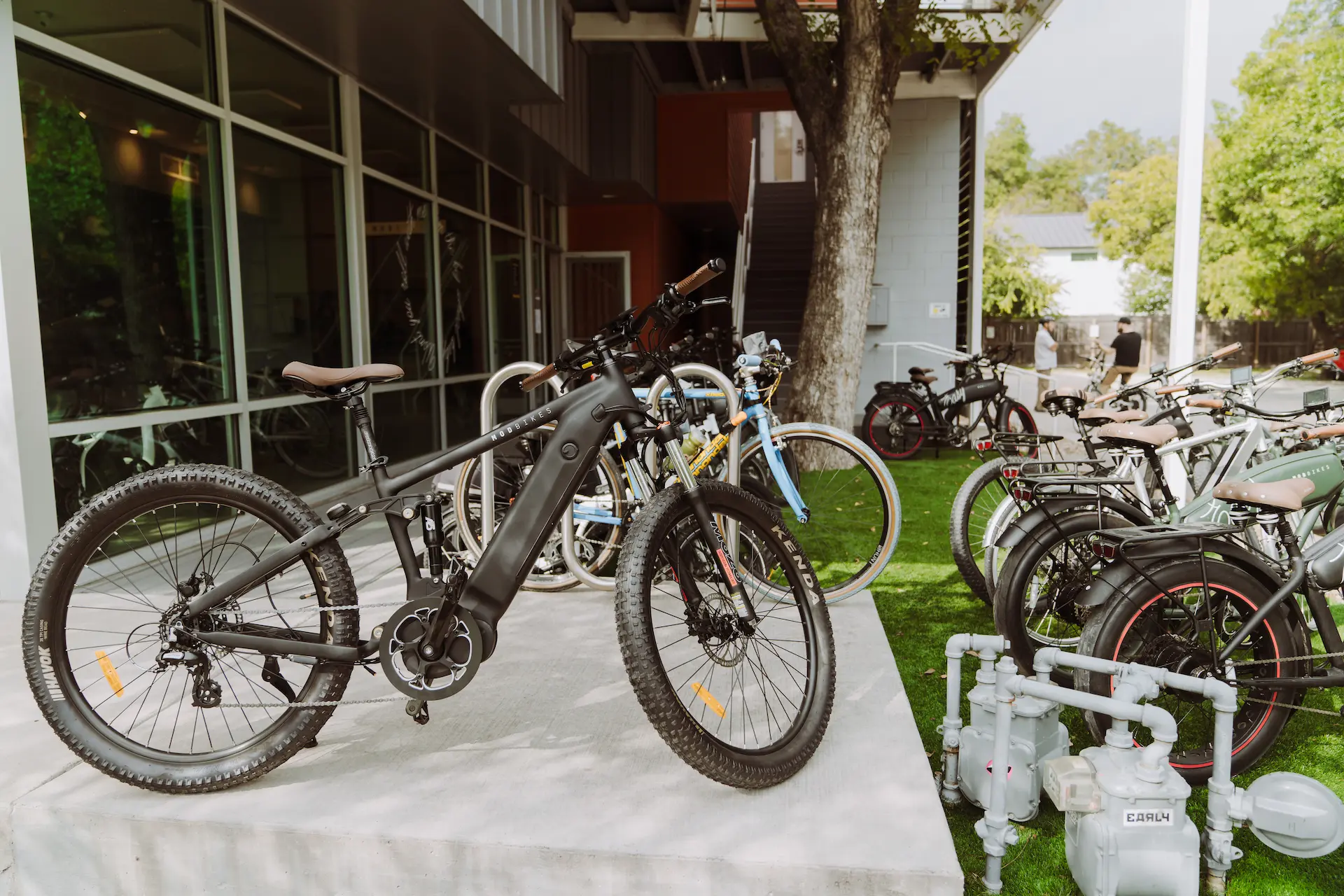
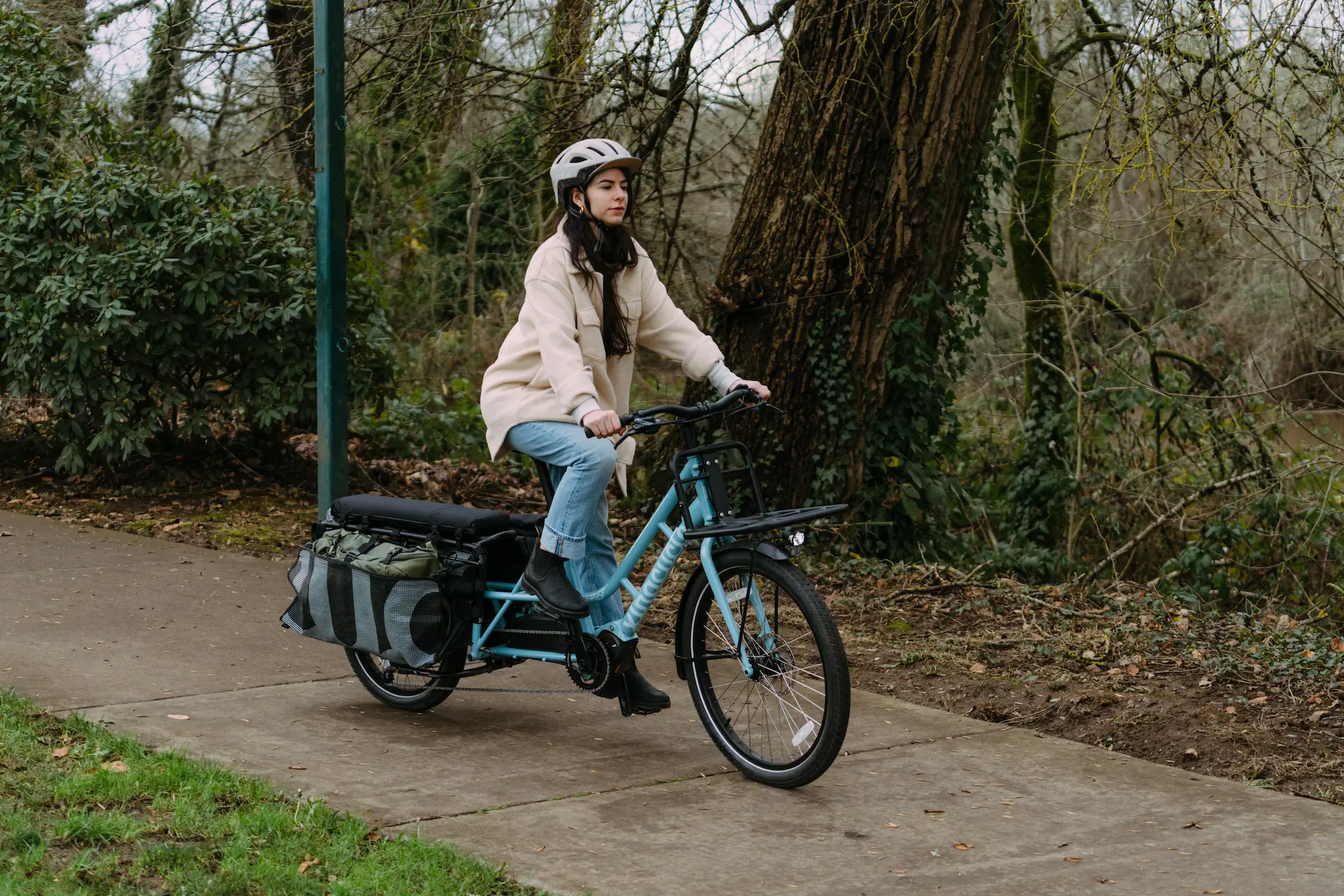

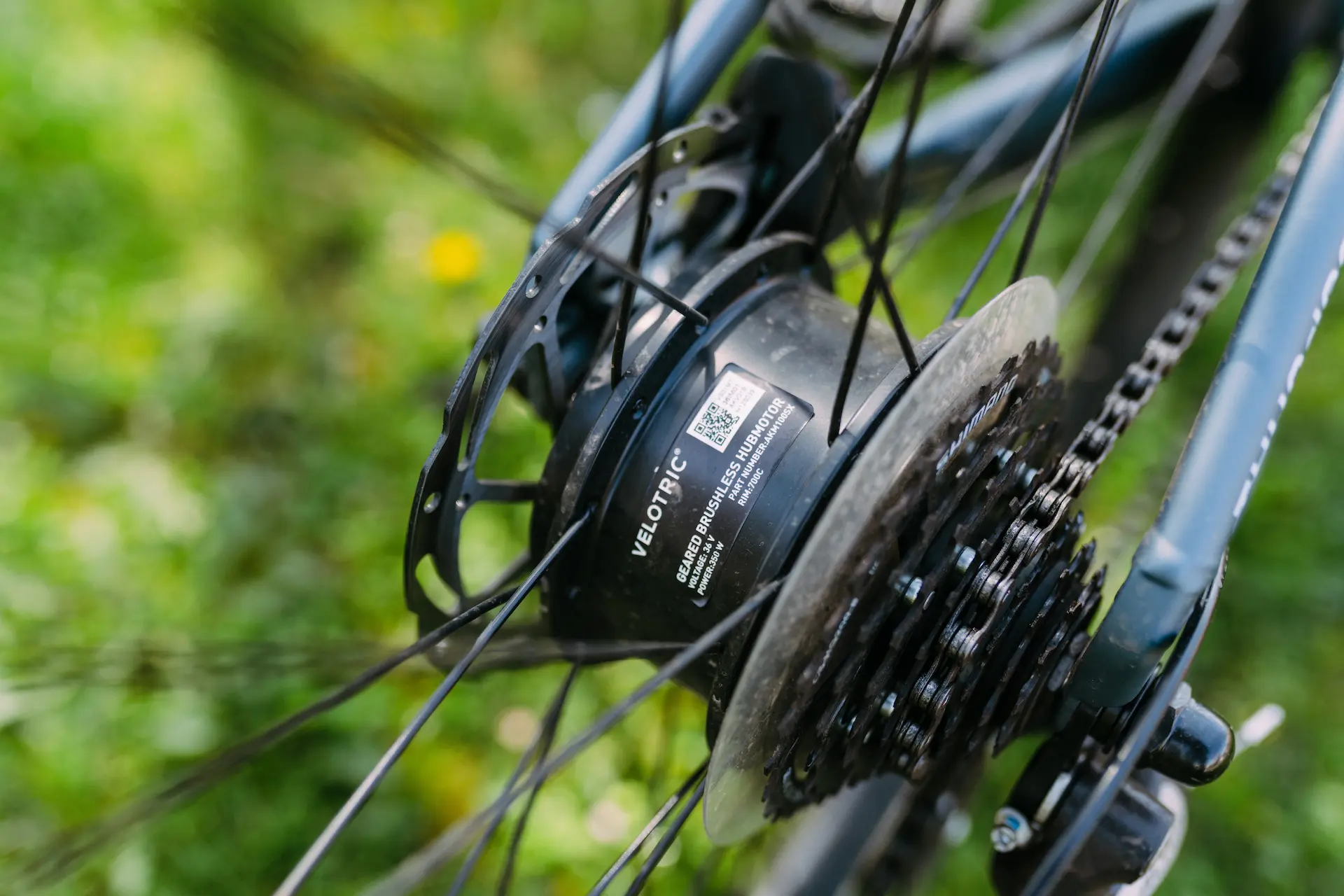
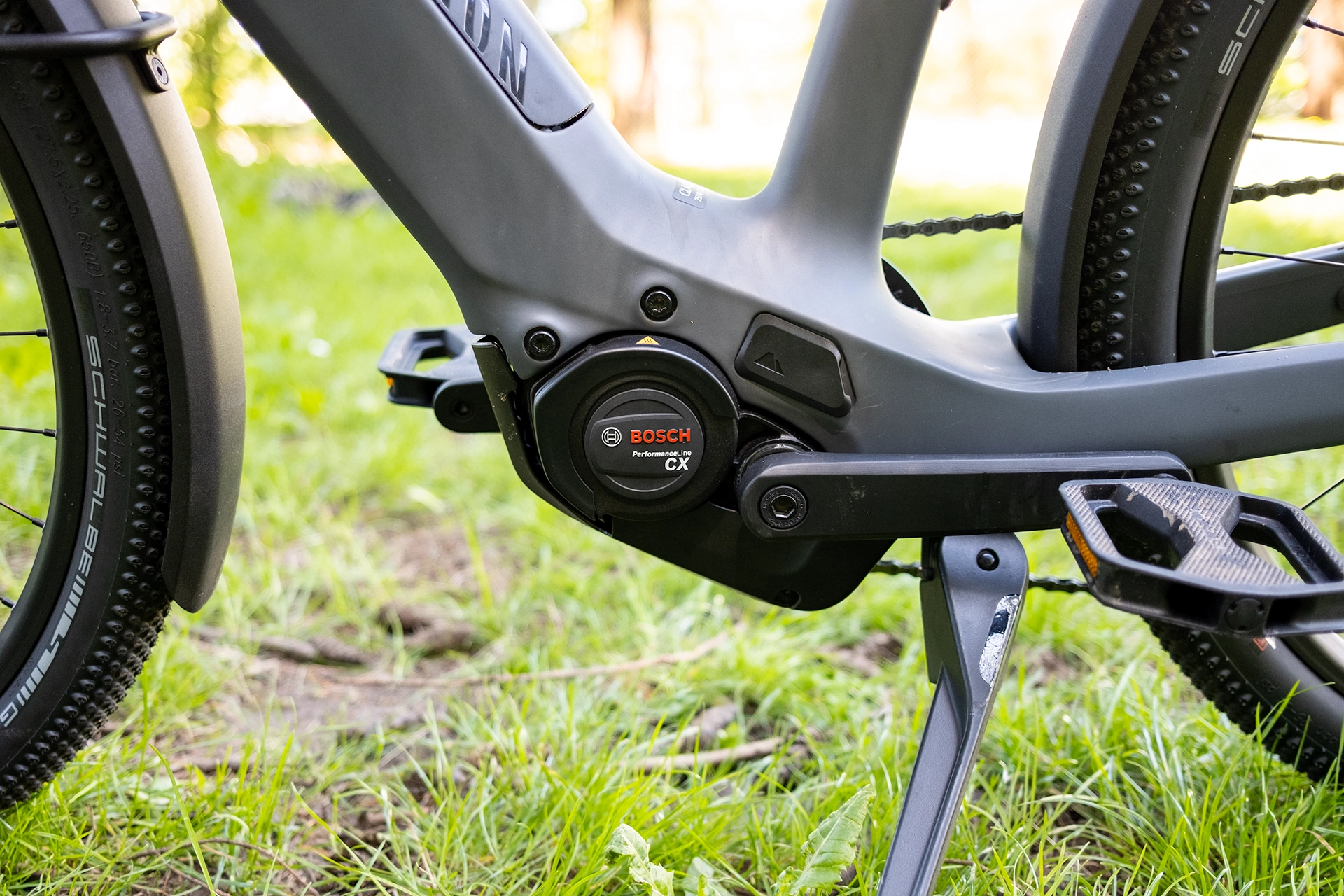
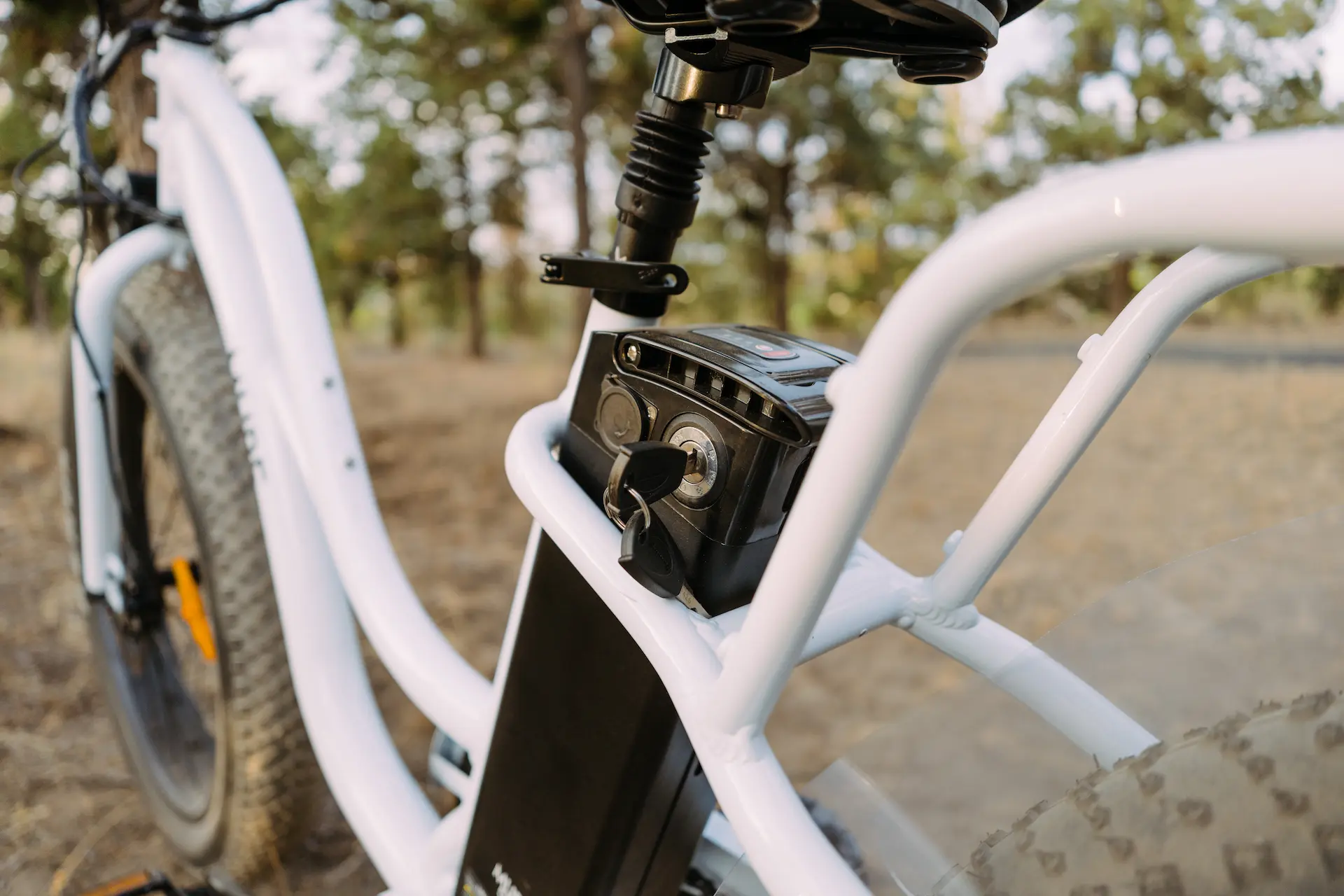
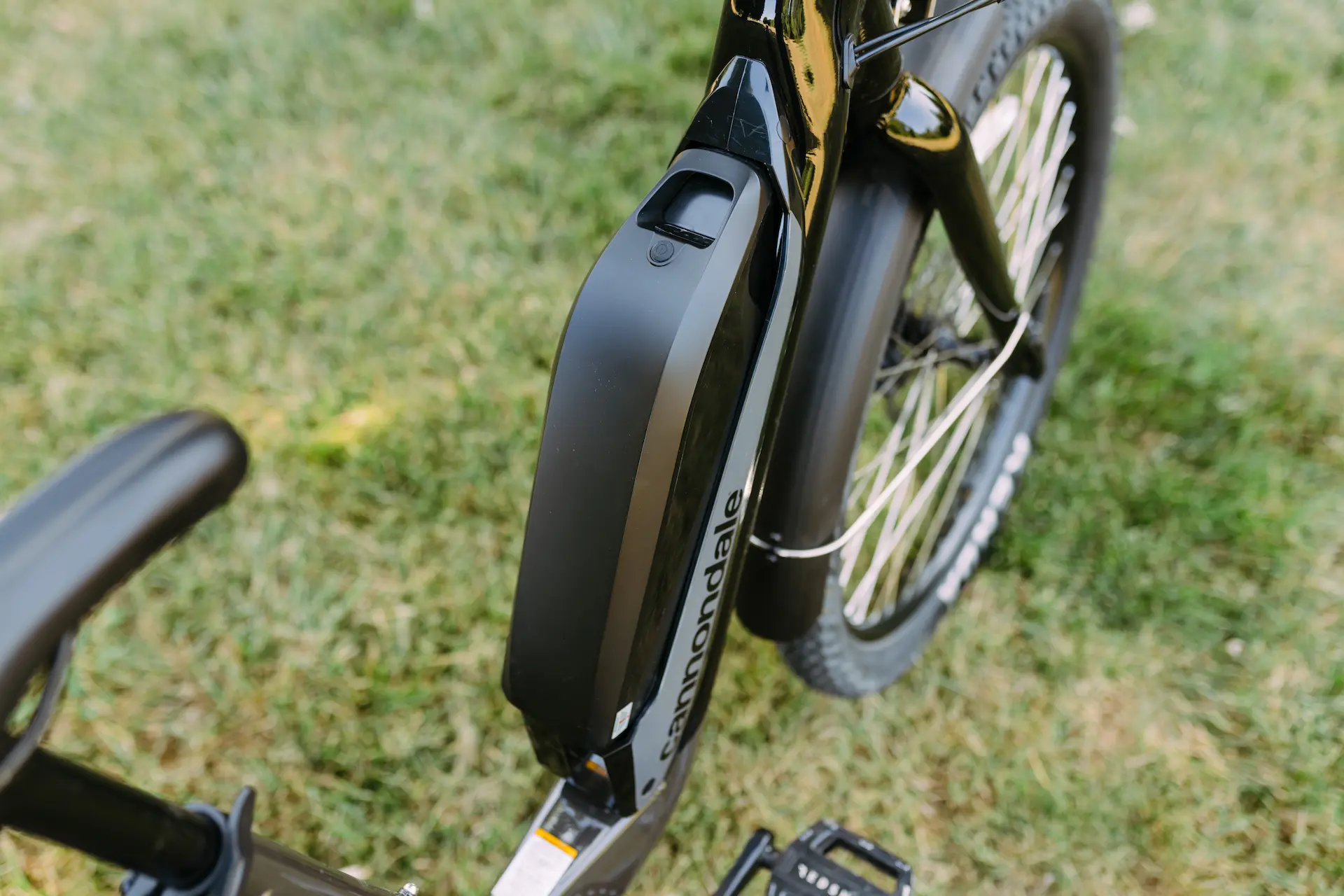
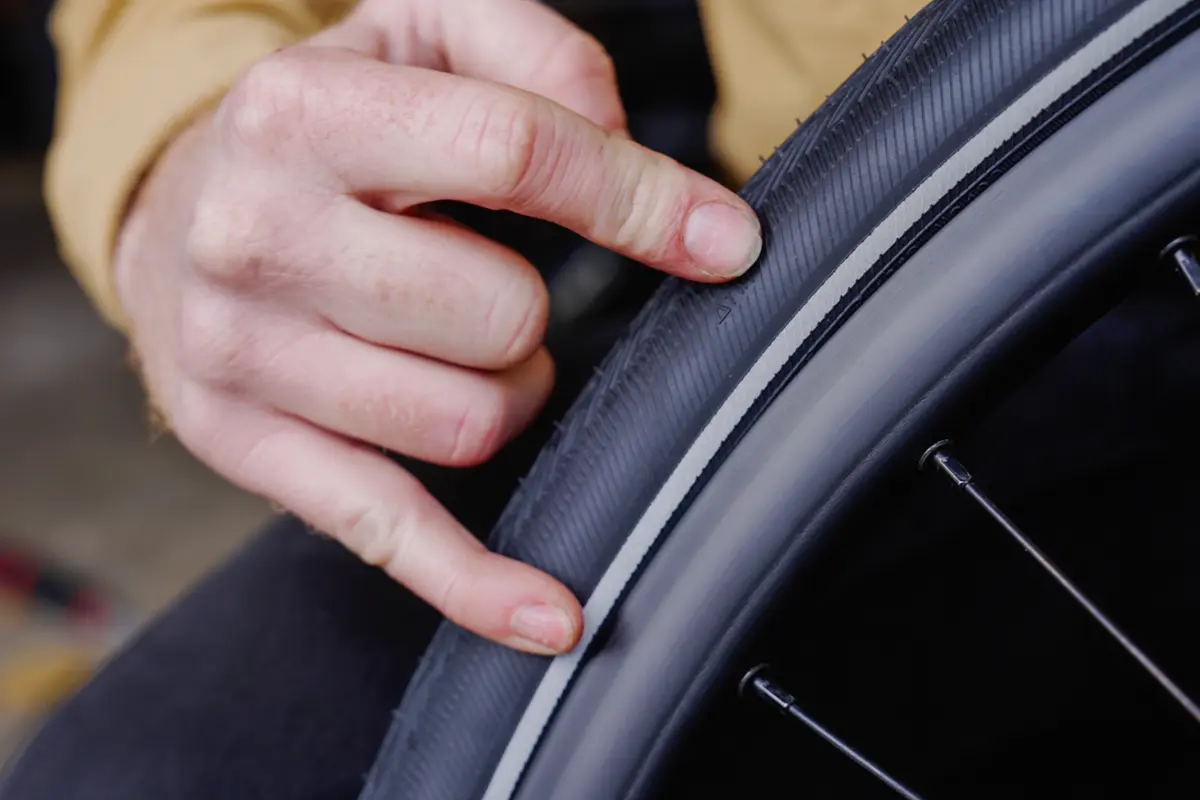
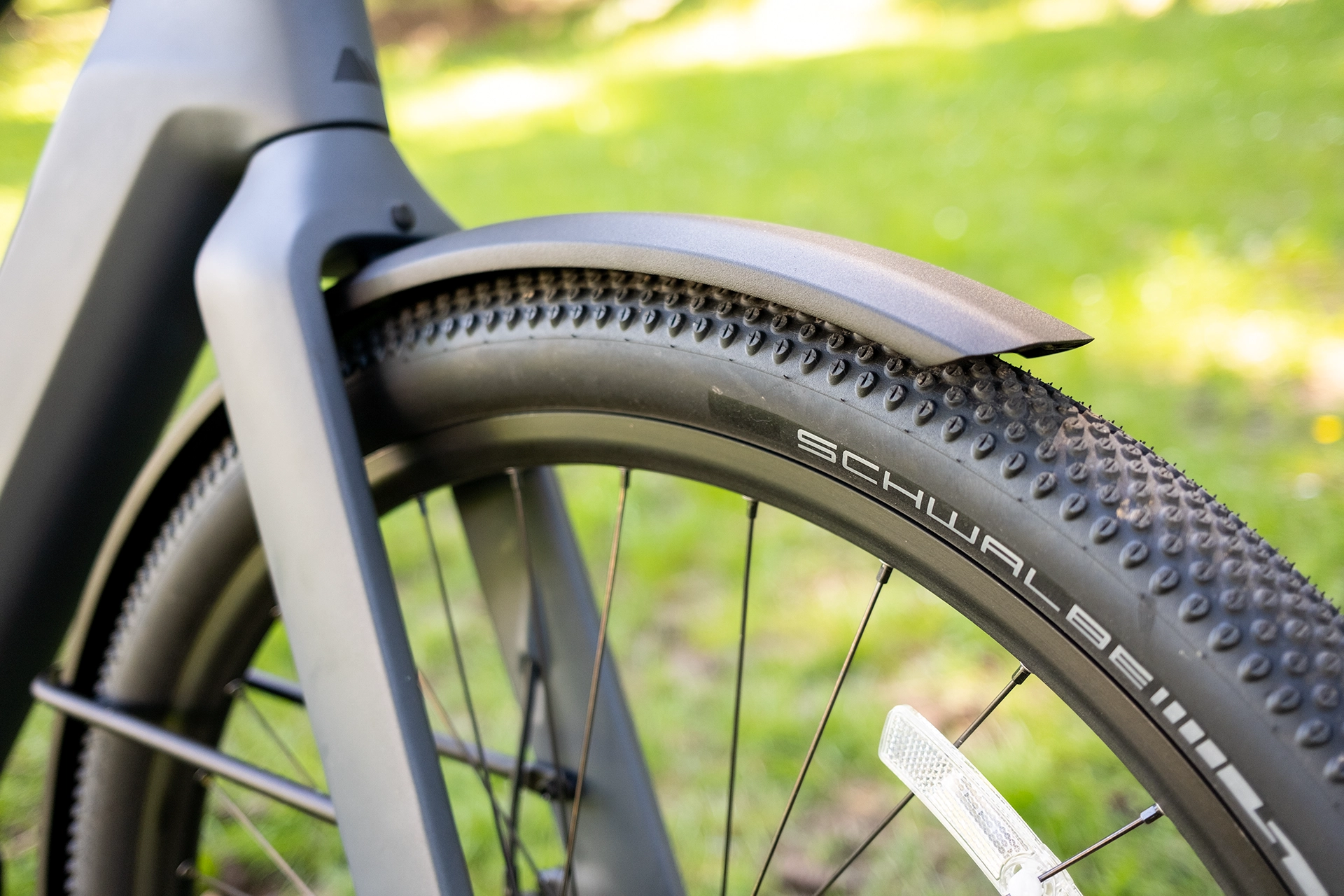
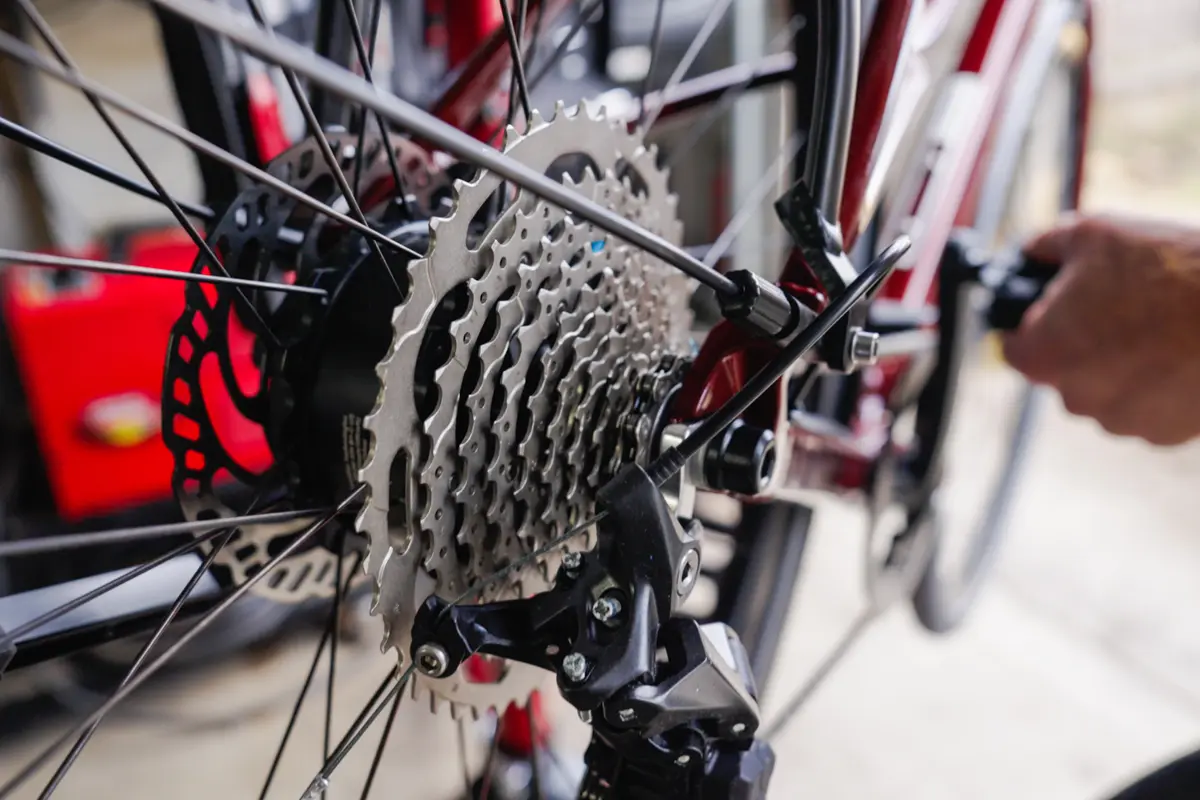
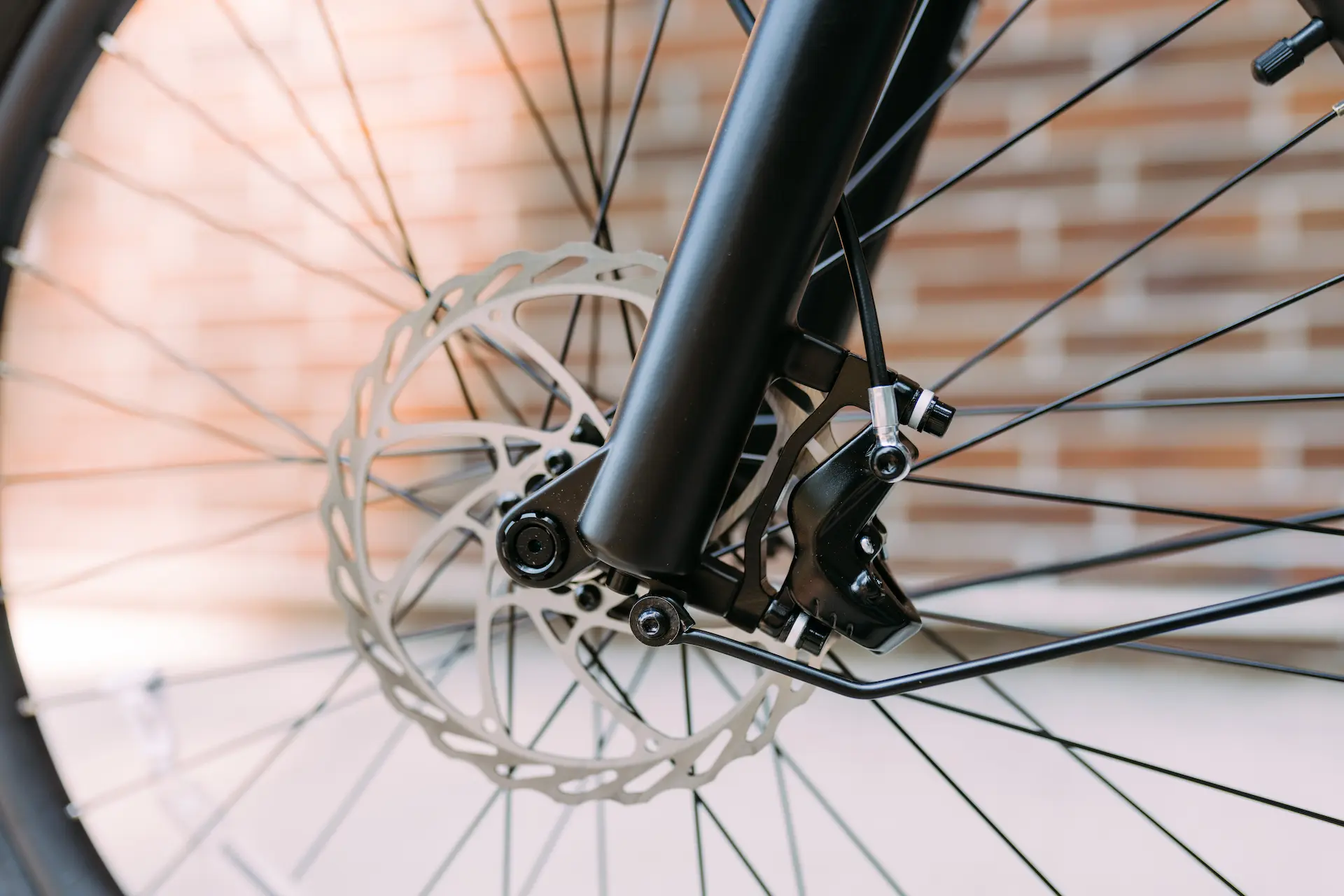
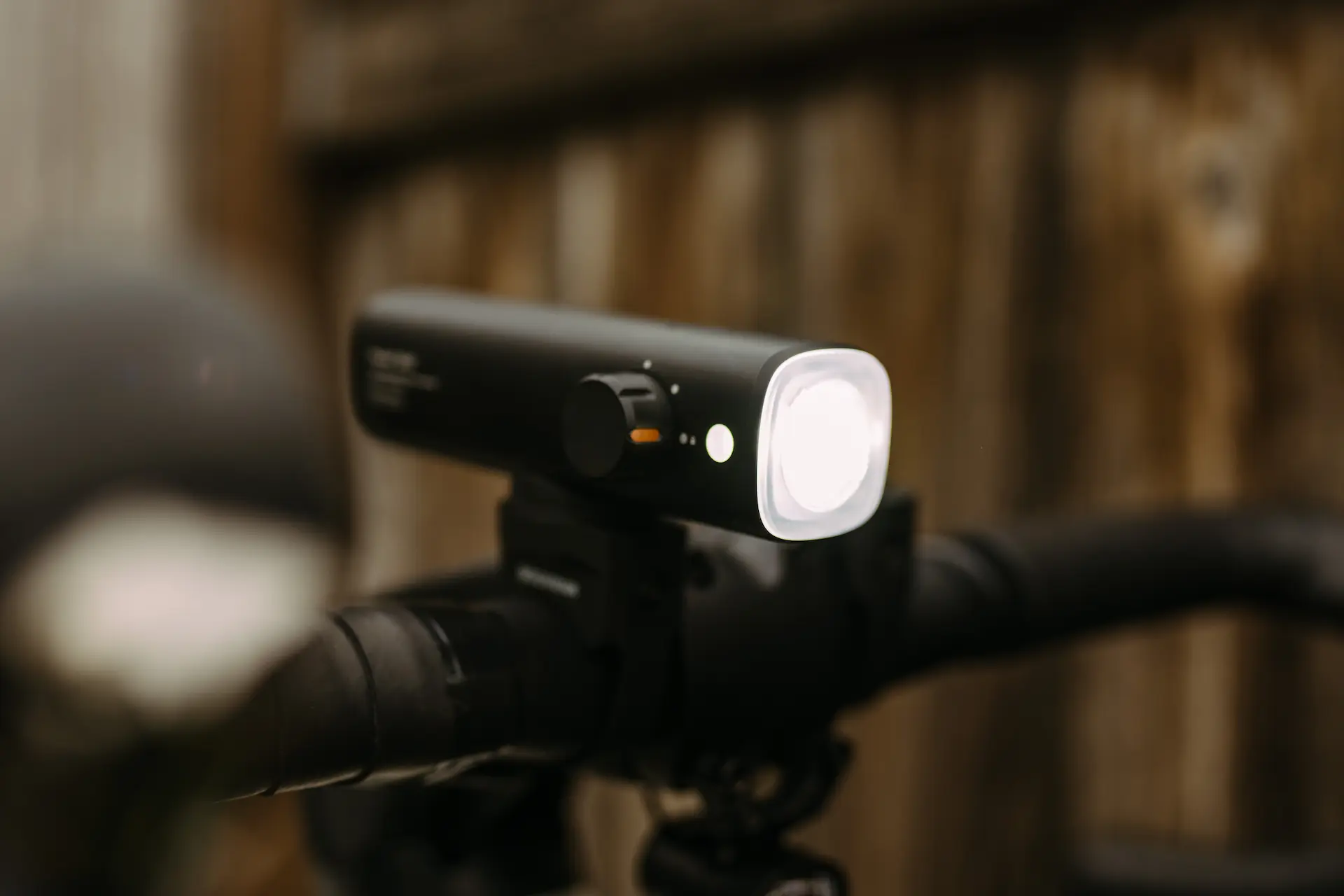
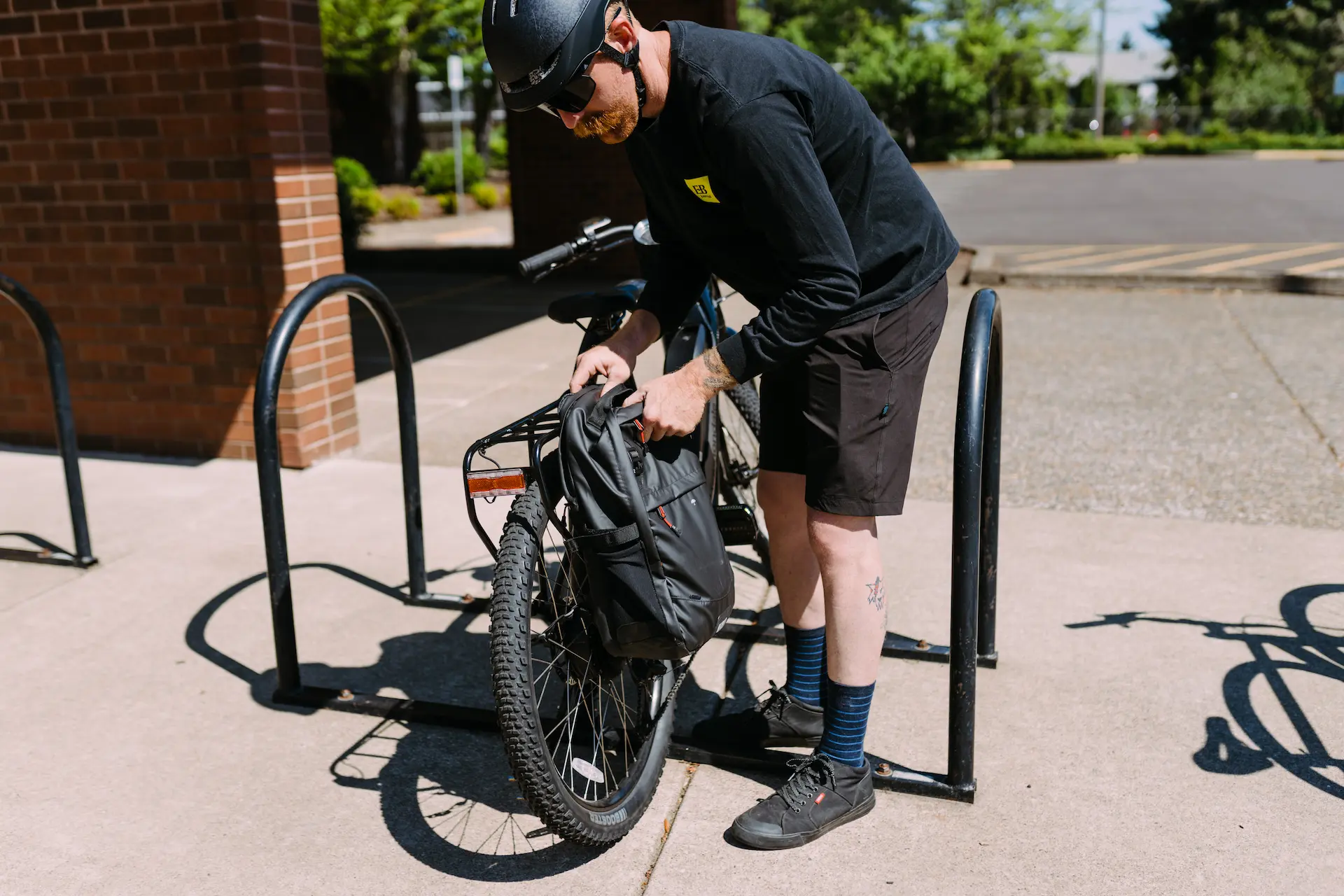

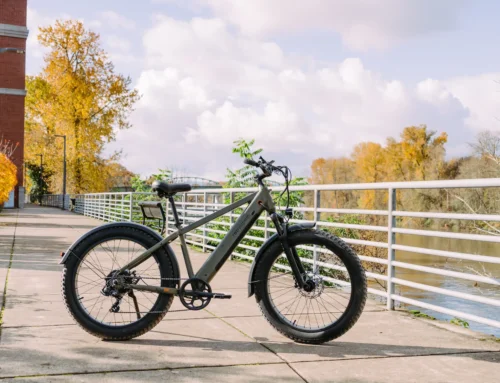

Leave A Comment
You must be logged in to post a comment.